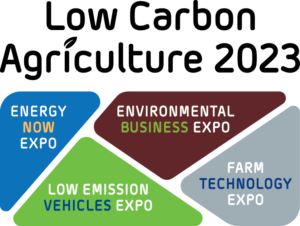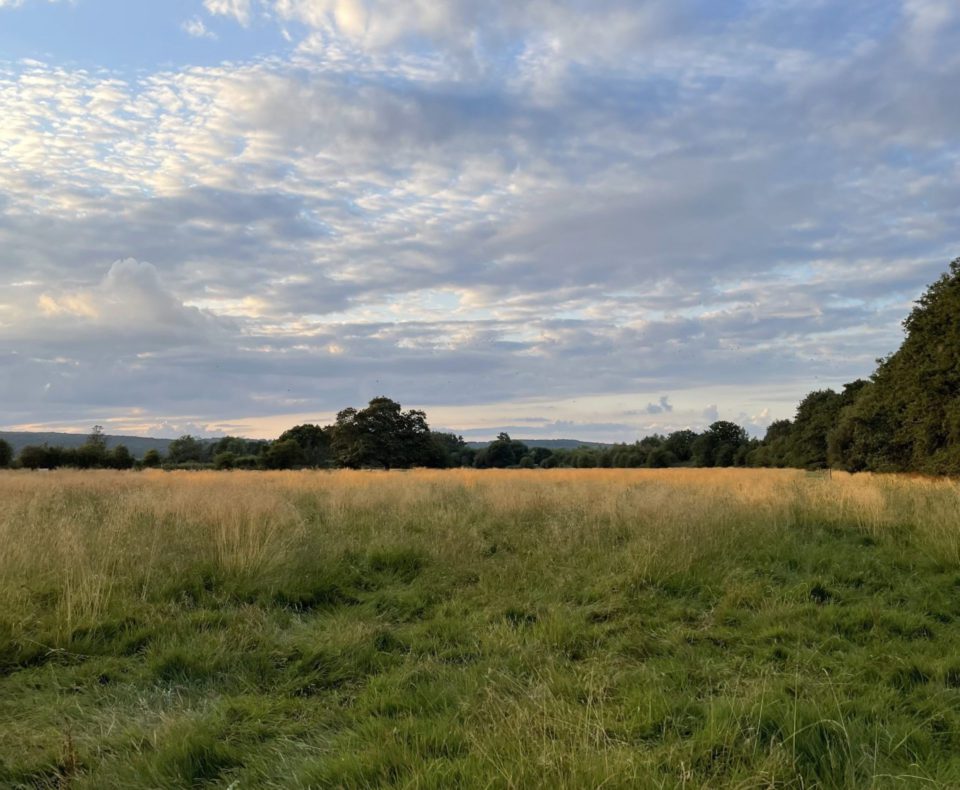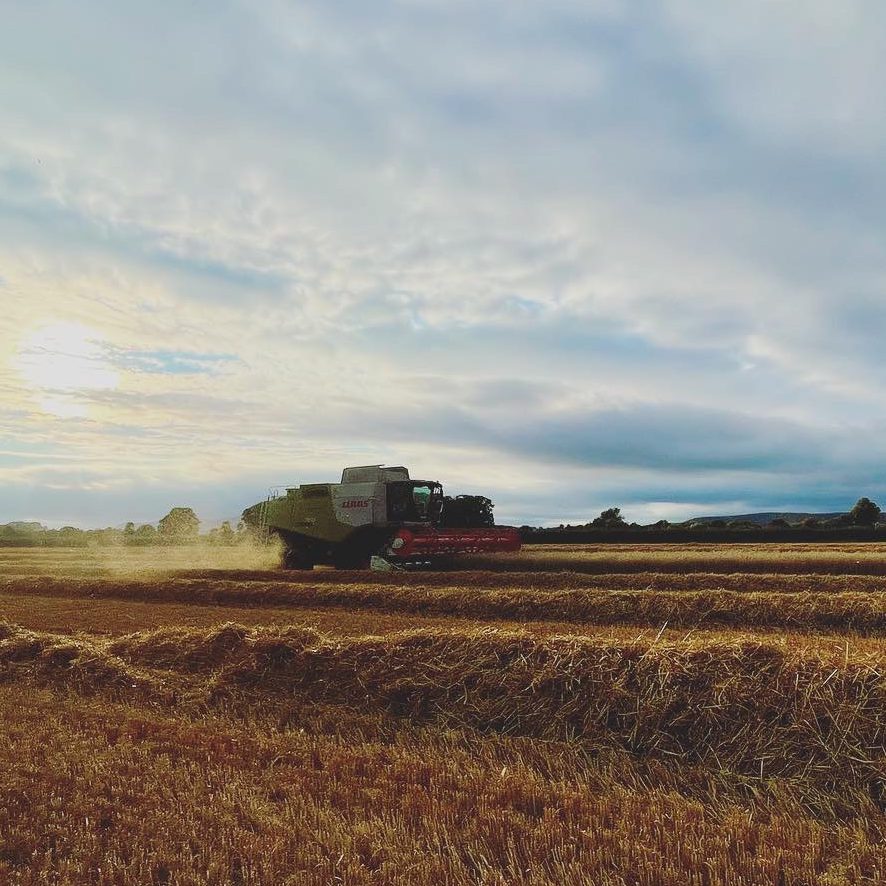
A Farm Net Zero event in December 2022 at Blable Farm, Wadebridge.
Outwintering is one option for reducing costs and carbon footprint for livestock farmers, although issues can arise when outwintering unsuitable animals on unsuitable crops/soil. To address this, Farm Net Zero (FNZ) Demo Farmers, Mike and Sam Roberts, have been trialling different cover crop mixes for their weaned calves this winter. 94 weaned calves entered the cover crops in mid-November with enough crop to see them through to mid-February, In December they were on two-day moves with one hay bale for roughage. A cold day in December provided a good opportunity to see how they are getting on.
The crops were established through either direct drilling or discing/power harrow drill in late August, the drought through the summer of 2022 delayed establishment and therefore the bulk of the crop. In the spring, these fields will go into a herbal ley reseed with Mike and Sam hoping that the cover crops will have outcompeted much of the weeds, reducing herbicide use, and the cattle will have done some of the initial cultivations. In December the calves were leaving some of the stemmier material and radish bulbs, and attendees discussed the merits of either cultivating this material in to benefit the soil, leaving calves for longer to ensure they eat it (and therefore risking growth rates) or utilising suckler cows to clean up after the priority stock class of the calves. Calf growth rates were to be measured through the winter and spring, with Mike and Sam expecting to see a slow-down in growth through the winter but a faster growth rate in spring as the outwintered calves take less transitioning onto grass than housed animals.

Having a range of plant species in the mixes is done with the ambition to discover which species grow successfully and in sufficient quantity/quality to support the calves through the winter. Species presence/absence was assessed by Dr Hannah Jones from Farm Carbon Toolkit and forage samples were sent for analysis of crude protein, digestibility and other qualities with the results available in the “Grazed winter cover crops” factsheet. Mike and Sam ultimately hope for this crop to be a “standing total mixed ration (TMR)” that could be grazed through the winter without supplementary feeding of silage or hay.
Mike also took time to show the main herd cows outwintering on deferred grass. These were on two-day moves on half a hectare of grass that has been left since August, plus two hay bales which will carry them through to calving in March.
Outwintering at Blable has helped to reduce costs through reductions in time, fuel and feed use through the winter. The outwintering crops greatly reduce the amount of conserved forage fed to the cattle and tractor use is negligible compared to housing where feed is brought to the animals, muck scraped away daily and dirty bedding spread after winter. This has clear corresponding savings in carbon emissions.
Key takeaways
- Diversity of plant species increases resilience to extreme weather, pests and disease and provides greater diversity of ration for livestock.
- Outwintering reduces financial costs and reduces carbon emissions from fuel and feed.

This event was made possible with thanks to the National Lottery Community Fund who fund the Farm Net Zero (FNZ) project.








Recent Comments